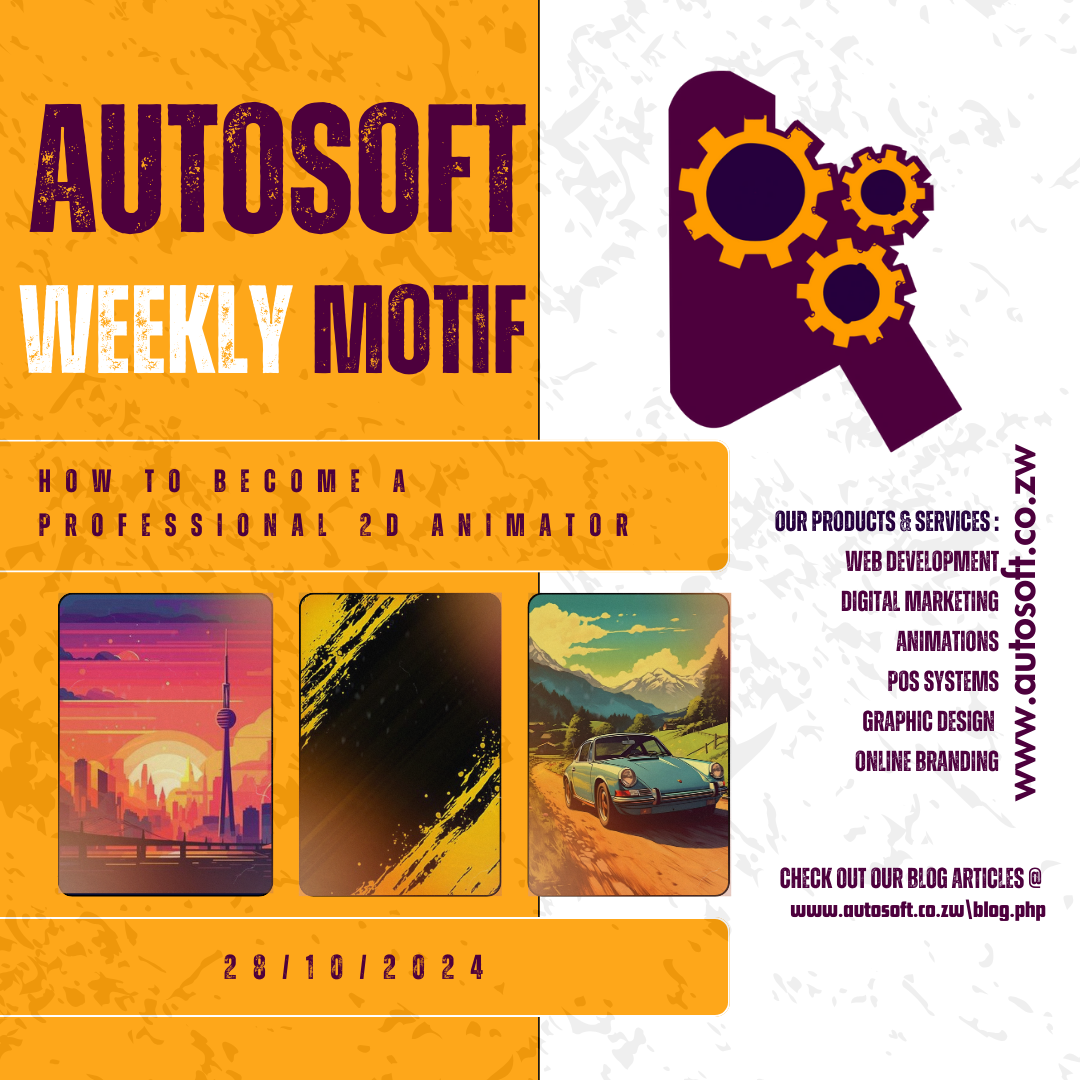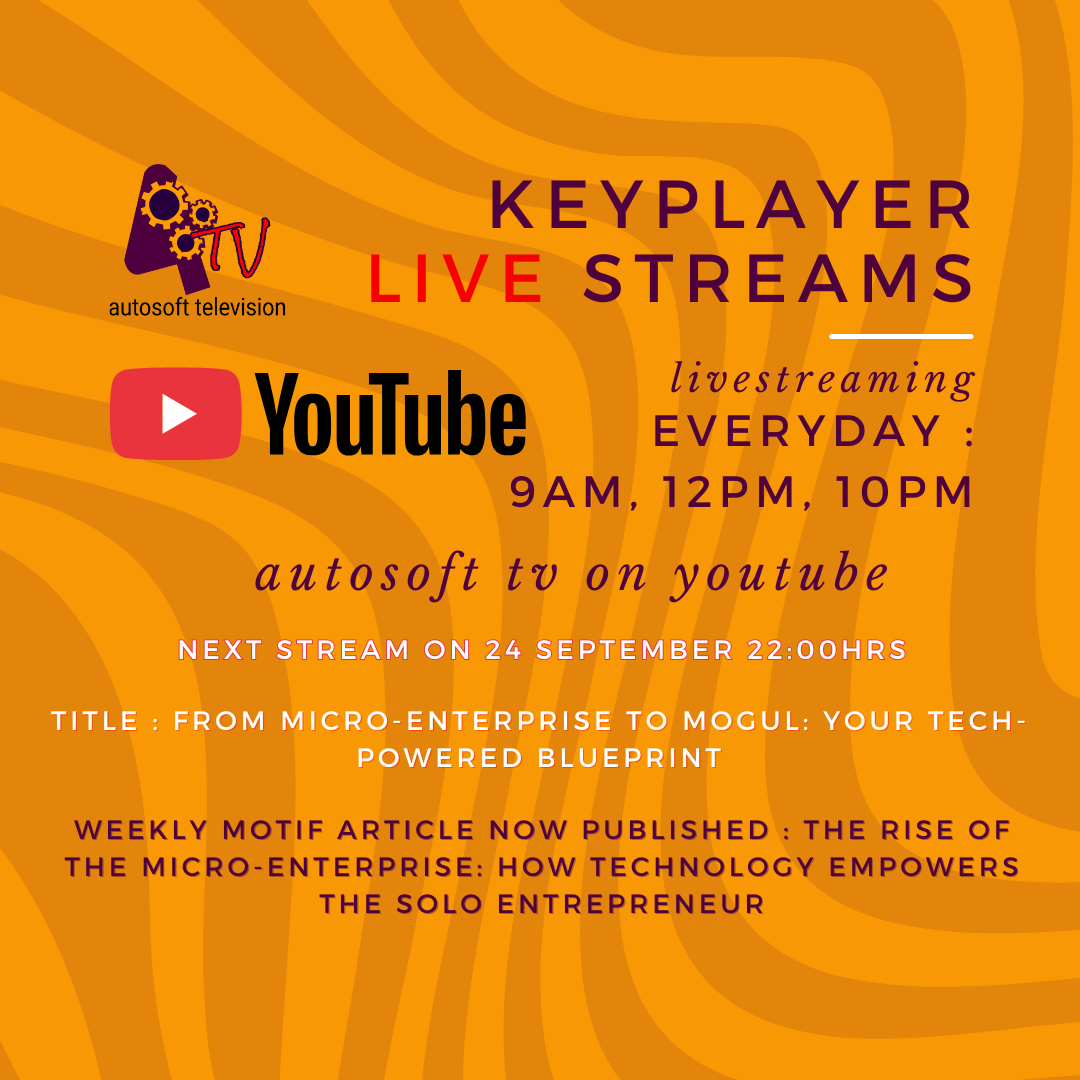
How to Become a Professional 2D Animator
2D animation is a captivating art form that brings characters and stories to life. If you’re passionate about animation and dream of turning it into a profession, this guide will help you on your journey.
1. Master the Fundamentals
- Drawing Skills:
- Practice drawing consistently to improve your hand-eye coordination and artistic ability.
- Learn figure drawing, perspective, and anatomy to create realistic and dynamic characters.
- Animation Principles:
- Study the 12 principles of animation, such as timing, spacing, squash and stretch, and anticipation.
- Understand how these principles work together to create fluid and engaging movement.
2. Choose Your Animation Software
- Popular 2D Animation Software:
- Adobe Animate
- Toon Boom Harmony
- Krita
- OpenToonz
- Consider Your Needs:
- Choose software that aligns with your style and project requirements.
- Experiment with different tools to find what works best for you.
3. Build a Strong Portfolio
- Showcase Your Best Work:
- Create a portfolio that highlights your skills and creativity.
- Include a variety of projects, such as character animations, scene animations, and storyboards.
- Tell a Story:
- Use your animations to convey emotions and narratives.
- Show your understanding of timing, pacing, and storytelling techniques.
- Keep It Updated:
- Regularly add new projects to your portfolio to demonstrate your growth and adaptability.
- Join Animation Communities:
- Connect with other animators, artists, and industry professionals.
- Participate in online forums, social media groups, and animation festivals.
- Collaborate on Projects:
- Work with other creatives to gain experience and build your network.
- Participate in animation jams, contests, and collaborative projects.
- Join Animation Communities:
5. Gain Experience and Education
- Formal Education:
- Consider enrolling in animation courses or programs at a college or university.
- This can provide you with a structured learning environment and industry connections.
- Freelance Work:
- Start freelancing to gain practical experience and build your client base.
- Use online platforms like Upwork, Fiverr, or your own website to find freelance opportunities.
- Internships:
- Seek internships at animation studios to learn from experienced professionals and gain hands-on experience.
6. Stay Updated and Adapt
- Keep Learning:
- Stay up-to-date with the latest animation techniques and industry trends.
- Attend workshops, conferences, and online tutorials to continue your learning journey.
- Adapt to New Technologies:
- Embrace new tools and software to stay competitive.
- Be open to experimenting with different styles and approaches.
In terms of experience and education, for me experience is more important than education because I have seen a lot of animators grow in the industry with just the experience and no formal education. Its up to you but I just feel like your work will speak for you more than what a certificate from a formal institution can do for you.
Conclusion
Becoming a professional 2D animator requires dedication, hard work, and a passion for storytelling. By mastering the fundamentals, choosing the right tools, building a strong portfolio, networking, gaining experience, and staying updated, you can achieve your dream of working in the exciting world of animation.



